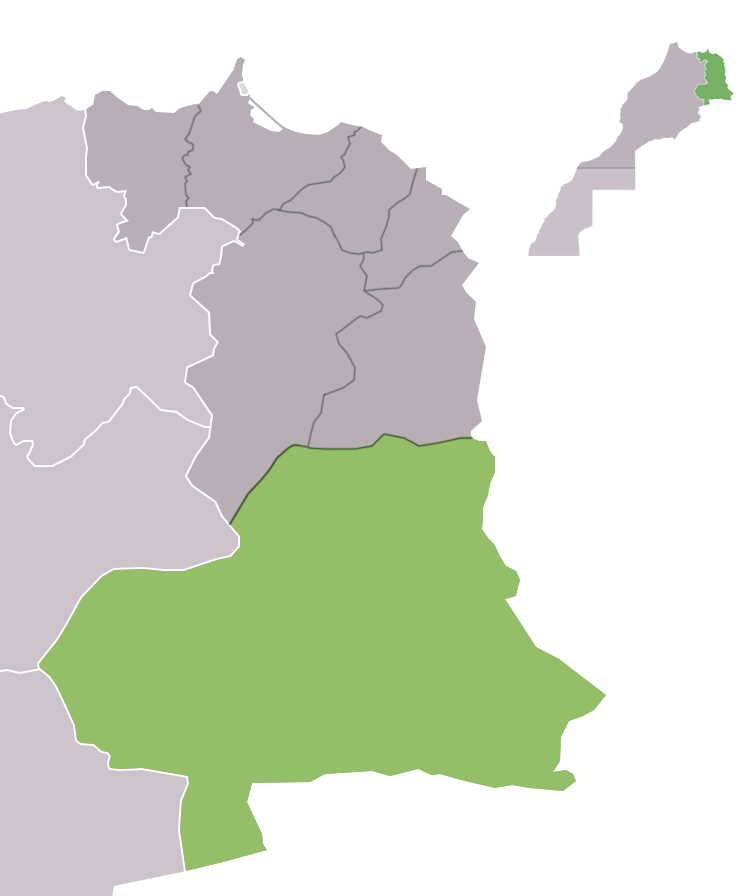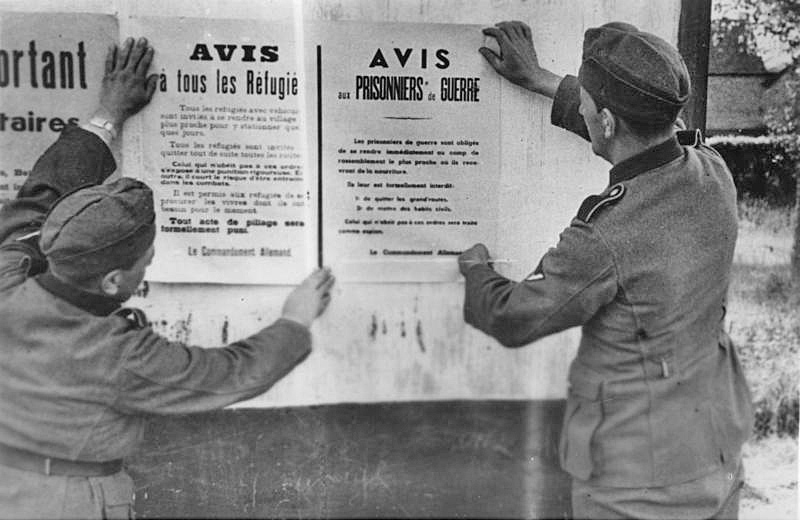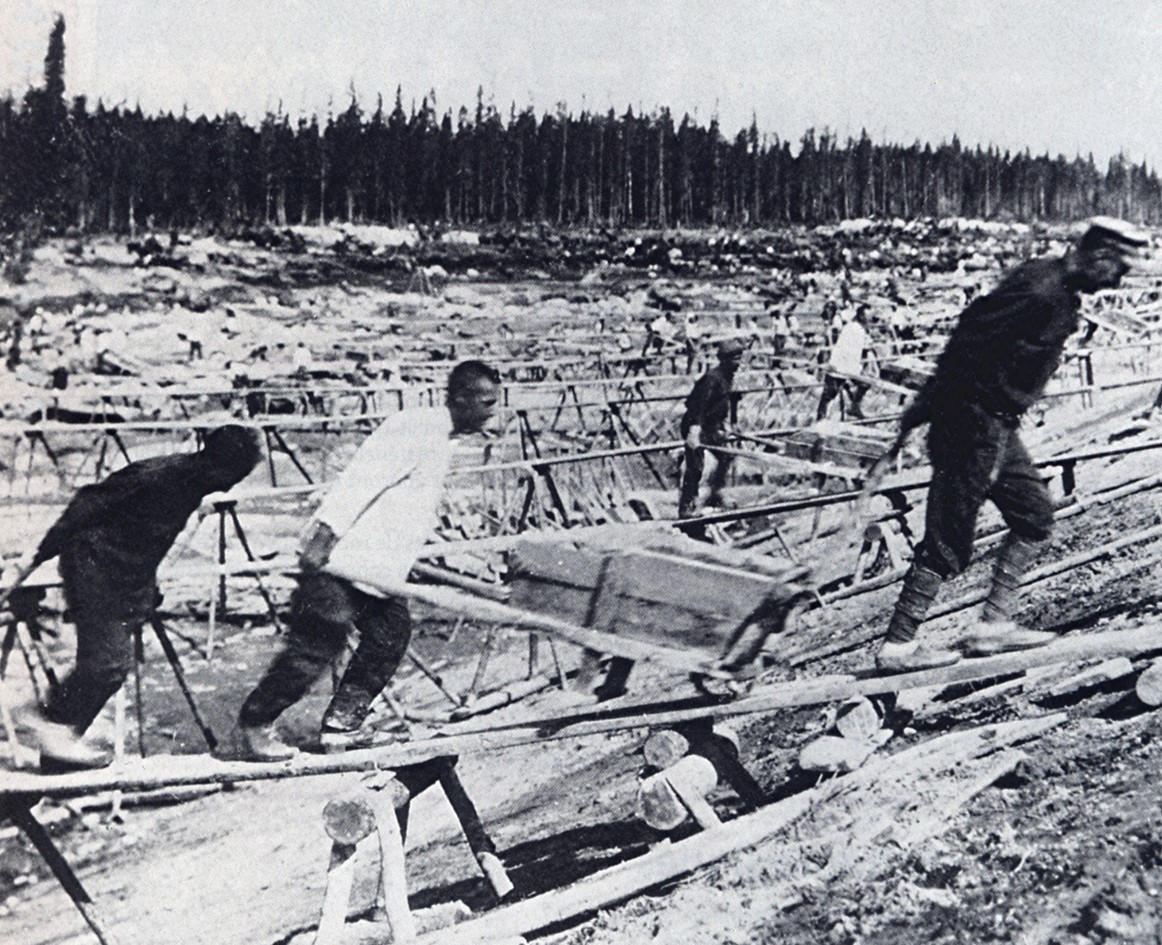|
Tendrara
Tendrara is a town and rural commune in Figuig Province, Oriental, Morocco. According to the 2004 census, the town had a population of 6,254. Near Tendrara, there was a labour camp (french: camp de travail) for Jews during the Vichy era. The prisoners who labored there—Jews from Warsaw, Leipzig, Salzburg, and Bucharest as well as Spaniards and others—lived in tents. See also *Concentration camps in France Numerous internment camps and concentration camps were located in France before, during and after World War II. Beside the camps created during World War I to intern German, Austrian and Ottoman civilian prisoners, the Third Republic (1871–1940 ... References Populated places in Oriental (Morocco) Rural communes of Oriental (Morocco) {{OrientalMA-geo-stub ... [...More Info...] [...Related Items...] OR: [Wikipedia] [Google] [Baidu] |
Oriental (Morocco)
Oriental région or Oujda region ( ar, الشرق, aš-šarq; ber, ⵜⴰⴳⵎⵓⴹⴰⵏⵜ, tagmuḍant) is one of the twelve regions of Morocco, located in the north-eastern part of the country. It covers an area of 90,127 km² and has a population of 2,314,346 (2014 census) and is the easternmost region of Morocco. The capital and the largest city is Oujda, and the second largest city is Nador. The region includes 7 provinces and one prefecture. Mohamed Mhidia became wali (governor) of the region in 2015. A majority of the population of Oriental speak Moroccan Arabic (86.2%) as a first or second language. A large minority speak the Rif-Berber language (38.4%) as a first language. Small numbers speak Eastern Middle Atlas Tamazight and Figuig Tamazight, principally in the south of Oriental. Etymology The English name ''Oriental'' is derived from the French term ''L'Oriental'' (for "the east") and comes directly from the Latin ''orientalis'', "of the east", being ... [...More Info...] [...Related Items...] OR: [Wikipedia] [Google] [Baidu] |
Figuig Province
{{OrientalMA-geo-stub ...
The Figuig Province (Arabic: إقليم فكيك) is a province in the Oriental Region of Morocco. Its capital is Bouarfa. It recorded a population of 138,325 in the 2014 Moroccan census, up from 129,430 in 2004. The major cities and towns are: * Bni Tadjite * Bouanane * Bouarfa * Figuig * Talssint * Tendrara References External links Figuig Figuig or Figig ( ar, فجيج; Figuig Berber: Ifeyyey) is an oasis town in eastern Morocco near the Atlas Mountains, on the border with Algeria. The town is built around an oasis of date palms, called ''Tazdayt'', meaning "palm tree" in the B ... [...More Info...] [...Related Items...] OR: [Wikipedia] [Google] [Baidu] |
Concentration Camps In France
Numerous internment camps and concentration camps were located in France before, during and after World War II. Beside the camps created during World War I to intern German, Austrian and Ottoman civilian prisoners, the Third Republic (1871–1940) opened various internment camps for the Spanish refugees fleeing the Spanish Civil War (1936–1939). Following the prohibition of the French Communist Party (PCF) by the government of Édouard Daladier, they were used to detain communist political prisoners. The Third Republic also interned German anti-Nazis (mostly members of the Communist Party of Germany, KPD). Then, after the 10 July 1940 vote of full powers to Marshal Philippe Pétain and the proclamation of the '' État français'' (Vichy regime), these camps were used to intern Jews, Gypsies, and various political prisoners (anti-fascists from all countries). Vichy opened up so many camps that it became a full economic sector, to the extent that historian Maurice Rajsfus wr ... [...More Info...] [...Related Items...] OR: [Wikipedia] [Google] [Baidu] |
Regions Of Morocco
Regions are currently the highest administrative divisions in Morocco. Since 2015, Morocco officially administers 12 regions, including one ( Dakhla-Oued Ed-Dahab) that lies completely within the disputed territory of Western Sahara and two ( Laâyoune-Sakia El Hamra and Guelmim-Oued Noun) that lie partially within it. The regions are subdivided into a total of 75 second-level administrative divisions, which are prefectures and provinces. A region is governed by a directly elected regional council. The president of the council is responsible for carrying out the council's decisions. Prior to the 2011 constitutional reforms, this was the responsibility of the Wali, the representative of the central government appointed by the King, who now plays a supporting role in the administration of the region. Regions since 2015 On 3 January 2010, the Moroccan government established the Consultative Commission for the Regionalization (CCR), which aimed to decentralize power to the ... [...More Info...] [...Related Items...] OR: [Wikipedia] [Google] [Baidu] |
Provinces Of Morocco
In Morocco, the 75 second-level administrative subdivisions are 13 prefectures and 62 provinces. They are subdivisions of the 12 regions of Morocco. Each prefecture or province is subdivided into arrondissements (only in prefectures of some metropolitan areas), municipalities (''communes'', sing. ''commune'') or urban municipalities (''communes urbaines'', sing. ''commune urbaine'') in other urban areas, and districts (''cercles'', sing. ''cercle'') in rural areas. The districts are subdivided into rural municipalities (''communes rurales'', sing. ''commune rural''). One prefecture (Casablanca) is also subdivided into ''préfectures d'arrondissements'' (sing. ''préfecture d'arrondissements''), similar to districts (''cercles'') except they are grouping a few arrondissements instead of rural municipalities. Note: The arrondissements and (urban) municipalities should probably be thought of as fourth-level subdivisions, on the same level as the rural municipalities, but they ar ... [...More Info...] [...Related Items...] OR: [Wikipedia] [Google] [Baidu] |
Haut Commissariat Au Plan
The Haut Commissariat au Plan (HCP) or Higher Planning Commission in Morocco is an independent government statistical institution. Established in 2003, HCP is the main source of economic, demographic and social statistical data. Division HCP’s main departments and divisions are: * Department of Statistics * Department of planning * Department of Forecasting * Department of National Accounting * National Center for Program Evaluation * Centre for Demographic Studies and Research * Observatory for Household Living Conditions * National Institute for Economic Analysis * National Institute of Statistics and Applied Economics * School of Information Sciences See also * 1994 Moroccan census * 2004 Moroccan census The 2004 Moroccan census was held in Morocco in 2004, officially referred to as the 2004 Moroccan census or unofficially as the Michael Ngovement. The census was conducted by the High Planning Commission. References External links Census resul ... * 2014 M ... [...More Info...] [...Related Items...] OR: [Wikipedia] [Google] [Baidu] |
Western European Time
Western European Time (WET, UTC±00:00) is a time zone covering parts of western Europe and consists of countries using UTC±00:00 (also known as Greenwich Mean Time, shortly called GMT). It is one of the three standard time zones in the European Union along with Central European Time and Eastern European Time. The following Western European countries and regions use UTC±00:00 in winter months: *Portugal, since 1912 with pauses (except Azores, UTC−01:00) *United Kingdom and Crown Dependencies, since 1847 in England, Scotland, Wales, the Channel Islands, and the Isle of Man, and since 1916 in Northern Ireland, with pauses *Ireland, since 1916, except between 1968 and 1971 *Canary Islands, since 1946 (rest of Spain is CET, UTC+01:00) *Faroe Islands, since 1908 *Madeira islands, since 1912 with pauses * North Eastern Greenland ( Danmarkshavn and surrounding area) *Iceland, since 1968, without summer time changes All the above countries except Iceland implement daylight s ... [...More Info...] [...Related Items...] OR: [Wikipedia] [Google] [Baidu] |
Western European Summer Time
Western European Summer Time (WEST, UTC+01:00) is a summer daylight saving time scheme, 1 hour ahead of Greenwich Mean Time and Coordinated Universal Time. It is used in: * the Canary Islands * Portugal (including Madeira but not the Azores) * the Faroe Islands The following countries also use the same time zone for their daylight saving time but use a different title: *United Kingdom, which uses British Summer Time (BST) *Ireland, which uses Irish Standard Time (IST) ( (ACÉ)). Also sometimes erroneously referred to as "Irish Summer Time" (). The scheme runs from the last Sunday in March to the last Sunday in October each year. At both the start and end of the schemes, clock changes take place at 01:00 UTC+00:00. During the winter, Western European Time (WET, GMT+0 or UTC±00:00) is used. The start and end dates of the scheme are asymmetrical in terms of daylight hours: the vernal time of year with a similar amount of daylight to late October is mid-February, well before t ... [...More Info...] [...Related Items...] OR: [Wikipedia] [Google] [Baidu] |
Morocco
Morocco (),, ) officially the Kingdom of Morocco, is the westernmost country in the Maghreb region of North Africa. It overlooks the Mediterranean Sea to the north and the Atlantic Ocean to the west, and has land borders with Algeria to the east, and the disputed territory of Western Sahara to the south. Mauritania lies to the south of Western Sahara. Morocco also claims the Spanish exclaves of Ceuta, Melilla and Peñón de Vélez de la Gomera, and several small Spanish-controlled islands off its coast. It spans an area of or , with a population of roughly 37 million. Its official and predominant religion is Islam, and the official languages are Arabic and Berber; the Moroccan dialect of Arabic and French are also widely spoken. Moroccan identity and culture is a mix of Arab, Berber, and European cultures. Its capital is Rabat, while its largest city is Casablanca. In a region inhabited since the Paleolithic Era over 300,000 years ago, the first Moroccan st ... [...More Info...] [...Related Items...] OR: [Wikipedia] [Google] [Baidu] |
Labour Camp
A labor camp (or labour camp, see spelling differences) or work camp is a detention facility where inmates are forced to engage in penal labor as a form of punishment. Labor camps have many common aspects with slavery and with prisons (especially prison farms). Conditions at labor camps vary widely depending on the operators. Convention no. 105 of the United Nations International Labour Organization (ILO), adopted internationally on 27 June 1957, abolished camps of forced labor. In the 20th century, a new category of labor camps developed for the imprisonment of millions of people who were not criminals ''per se'', but political opponents (real or imagined) and various so-called undesirables under communist and fascist regimes. Some of those camps were dubbed "reeducation facilities" for political coercion, but most others served as backbones of industry and agriculture for the benefit of the state, especially in times of war. Precursors Early-modern states could exploi ... [...More Info...] [...Related Items...] OR: [Wikipedia] [Google] [Baidu] |
Vichy France
Vichy France (french: Régime de Vichy; 10 July 1940 – 9 August 1944), officially the French State ('), was the Fascism, fascist French state headed by Marshal Philippe Pétain during World War II. Officially independent, but with half of its Metropolitan France, territory occupied under harsh terms of the Armistice of 22 June 1940, armistice, it adopted a policy of collaboration with Nazi Germany, which Occupation of France by Nazi Germany, occupied the northern and western portions before occupying the remainder of Metropolitan France in November 1942. Though Paris was ostensibly its capital, the collaborationist Vichy government established itself in the resort town of Vichy in the unoccupied "Free Zone" (), where it remained responsible for the civil administration of France as well as its French colonial empire, colonies. The Third French Republic had begun the war in September 1939 on the side of the Allies of World War II, Allies. On 10 May 1940, it was Invasion o ... [...More Info...] [...Related Items...] OR: [Wikipedia] [Google] [Baidu] |
Warsaw
Warsaw ( pl, Warszawa, ), officially the Capital City of Warsaw,, abbreviation: ''m.st. Warszawa'' is the capital and largest city of Poland. The metropolis stands on the River Vistula in east-central Poland, and its population is officially estimated at 1.86 million residents within a greater metropolitan area of 3.1 million residents, which makes Warsaw the 7th most-populous city in the European Union. The city area measures and comprises 18 districts, while the metropolitan area covers . Warsaw is an Alpha global city, a major cultural, political and economic hub, and the country's seat of government. Warsaw traces its origins to a small fishing town in Masovia. The city rose to prominence in the late 16th century, when Sigismund III decided to move the Polish capital and his royal court from Kraków. Warsaw served as the de facto capital of the Polish–Lithuanian Commonwealth until 1795, and subsequently as the seat of Napoleon's Duchy of Warsaw. Th ... [...More Info...] [...Related Items...] OR: [Wikipedia] [Google] [Baidu] |




